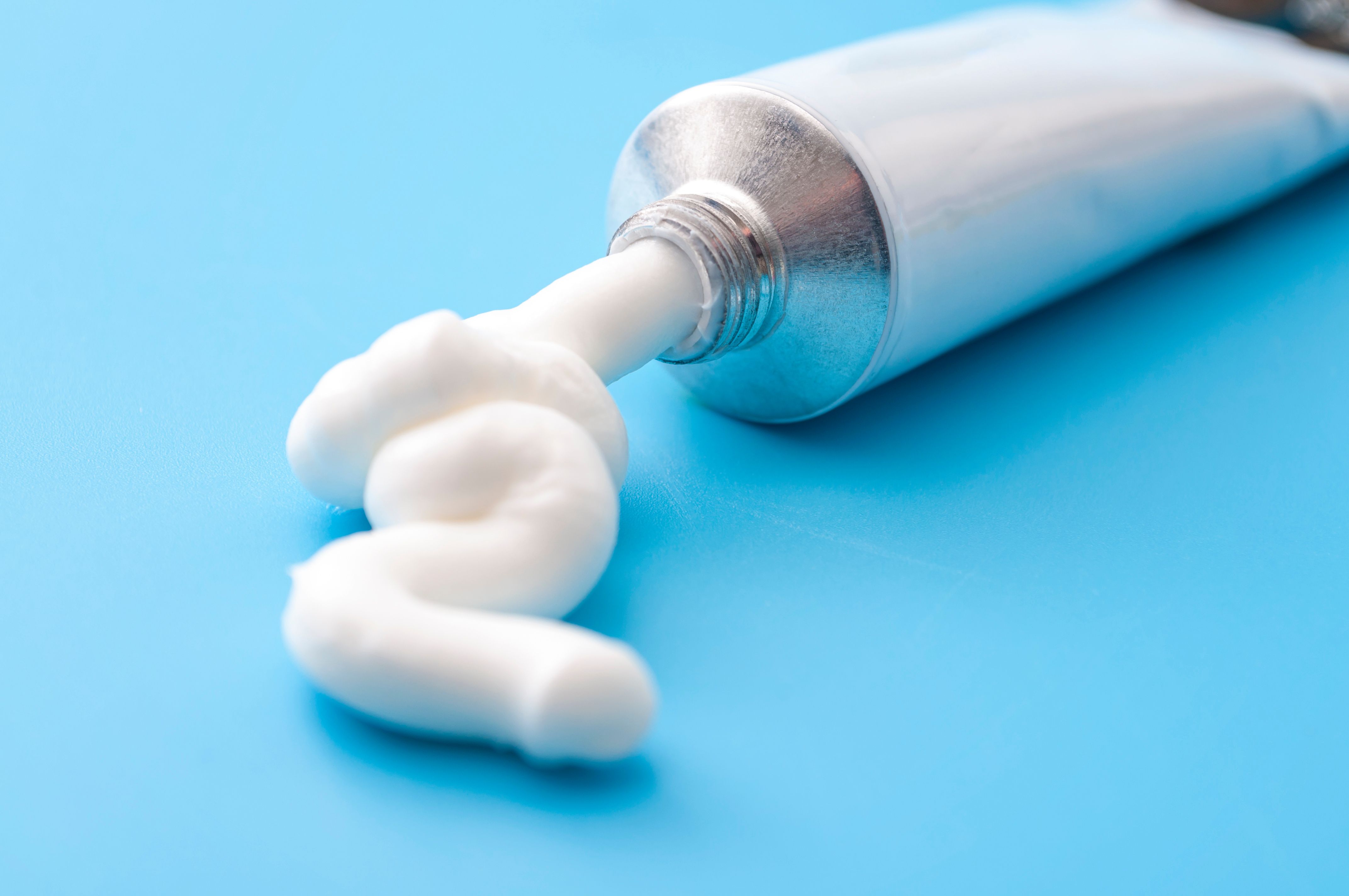News
Article
Ways to Use Nonsteroidal Topical Therapies in the Treatment of Skin Conditions
Author(s):
Updates in nonsteroidal topical therapies were presented during a session at the Society for Pediatric Dermatology Annual Meeting.
A session that took place during the Society for Pediatric Dermatology Annual Meeting, held between June 11 and June 14, 2024, in Toronto, Ontario, focused on the nonsteroidal topical therapies that are available for treating skin conditions in pediatric patients. Atopic dermatitis (AD), psoriasis, acne, and vitiligo, among other conditions, can all be treated using nonsteroidal topical therapies.
The session was presented by Nnenna G. Agim, MD, FAAD, from North Dallas Dermatology Associates. Agim began the session by stating that the rapid growth of available treatments for pediatric patients in the past 5 years has been very lucky for dermatologists. However, many of these treatments are prescribed off-label.
“When medications are off label, it affects access for our patients,” said Agim. “Insurance companies can simply say [that if] the medication is off label, [they’re] not going to cover it. It makes it more difficult for us to offer effective therapy for pediatric patients.”
It is also difficult to make sure that children are taking their treatment, whether it be through a syrup, a pill, or an injection, as children may avoid taking a syrup that doesn’t taste good or receiving an injection that hurts, apart from not knowing how to swallow the pill on their own. This is where topical therapies, an easier type of medication to deliver, can come into play. Agim remarked that showing patients exactly how much cream to take out of the tube as well as the ability to reverse the treatment if the patient has an adverse reaction are other benefits to using these types of treatments.
Topical therapies can be used to treat various skin conditions in pediatric patients | Image credit: Victor Moussa - stock.adobe.com

Newer topical therapies have emerged for AD, psoriasis, vitiligo, hidradenitis suppurativa (HS), seborrheic dermatitis, epidermolysis bullosa, and acne. Consensus statements to treat these conditions have been established by educational societies in the field. These statements can also suggest the use of off-label medications as well as medications like topical calcipotriene inhibitors, topical phosphodiesterase-4 (PDE-4) inhibitors, and Janus kinase (JAK) inhibitors.
“There’s usually a classification in medications that have strong recommendations or weaker recommendations or conditional recommendations depending on what [condition] you’re looking at,” said Agim.
These strong recommendations can include moisturizers for AD, combination products for psoriasis, and benzoyl peroxide for acne alongside other topical therapies that are used both on and off label.
Agim then discussed all of the different medications that can be used in a topical manner that are nonsteroidal. Tapinarof 1% cream is a once-daily cream that can be used for plaque psoriasis and atopic dermatitis; it has been approved by the FDA for patients 18 years and older. It affects the skin barrier by promoting the construction of proteins that improve the skin barrier and also reducing inflammation that leads to AD. There are some adverse effects associated with the cream that should be considered when prescribing it.
Roflumilast is a different topical therapy that can be used in vitiligo. Roflumilast 0.3% is offered in both a cream and a foam and can be applied once daily. Roflumilast 0.15% was approved by the FDA on July 9 for use in mild to moderate AD in patients 6 years and older.
“There is caution advised if you have a patient who has liver failure or liver compromised, it is not recommend to use roflumilast in these patients,” said Agim. “And if you’re on an oral CYP3A4 inhibitor for warts, you would not want to use this medication at the same time.”
Agim also highlighted the use of roflumilast in seborrheic dermatitis, which is a skin condition that can cause scaly patches, inflamed skin, and stubborn dandruff on the scalp.1 Most of Agim’s patients had trouble sticking to a regimen of using a medical shampoo every day or every other day, which is not good for all types of hair. Hyperpigmentation and hypopigmentation after the treatment were also common.
“In the studies for roflumilast, it has been found that diverse hair types had no problem with this medication,” she said. “It did not cause increased brittle hair, it did not cause any forms of alopecia, and actually improved the postinflammatory dyspigmentation associated with seborrheic dermatitis.”
Ruxolitinib 1.5% can also be used for mild to moderate AD and nonsegmental vitiligo in patients 12 years and older. However, Agim said, ruxolitinib can only be used in about 20% of the body’s surface area. It is also not a quick-acting medication, as it can take 4 weeks to see measurable results in AD compared with newer medications that report demonstrable reduction of AD within the first couple of days and clearance within the first couple of weeks.
Other medications that Agim highlighted were birch triterpenes 10%, which would be used for wound healing; however, it is not yet available on the market after its FDA approval. Cantharidin 0.7% can be used for molluscum contagiosum but should not be applied on compromised skin or mucous membranes and is dangerous to ingest orally. This medication can only be applied in office by a physician or health care provider in patients 2 years and older. A drawback, said Agin, is that it dries quickly and thus needs to be applied quickly.
Similarly, berdazimer 10.3% can be used to treat molluscum contagiosum in patients 1 year and older, but application of the topical treatmentshould avoid any eczemized skin or periocular. Acne can be treated using clascoterone 1% cream in patients 12 years and older. Agim said that patients who have irritation from topical retinoids could use this cream as an alternative.
“Most of the time it’s not used as monotherapy,” said Agim. “We know that acne has many pathways feeding into its presentation. And so [clascoterone’s] not as successful as monotherapy as it is when combined with other topical medications.” Agim also warned of slower onset for activity, with only a 10% difference after about 12 weeks. However, the medication being well tolerated helps in keeping patients adherent.
Agim concluded by saying that, although the costs of these topical treatments are high right now, the longer that they stay in the market, the more competition will both drive costs down and encourage coverage of these treatments. These newer therapies are crucial for the continued treatment of skin conditions like AD, vitiligo, psoriasis, and acne among others. Having these as an option allows for flexibility and more varied methods of approaching treatment for each condition.
References
- Seborrheic dermatitis. Mayo Clinic. September 27, 2022. Accessed July 13, 2024. https://www.mayoclinic.org/diseases-conditions/seborrheic-dermatitis/symptoms-causes/syc-20352710

The Importance of Examining and Preventing Atrial Fibrillation




